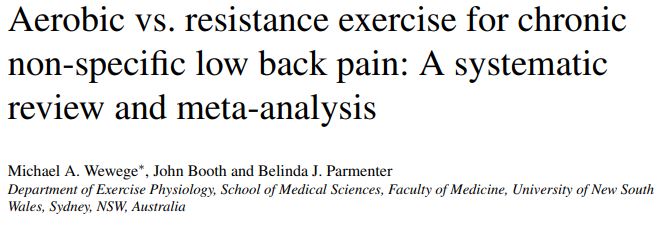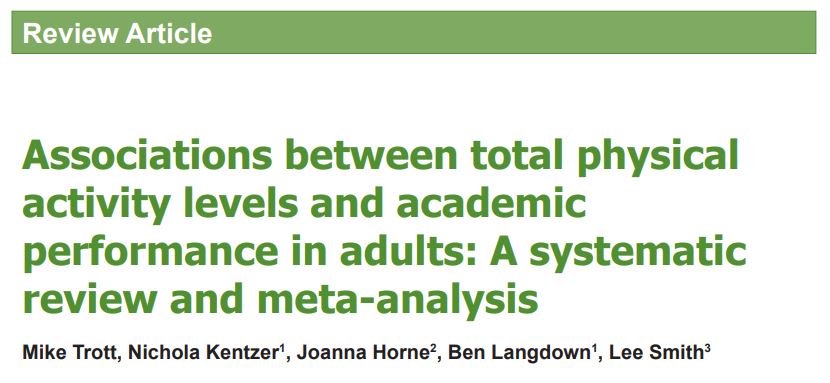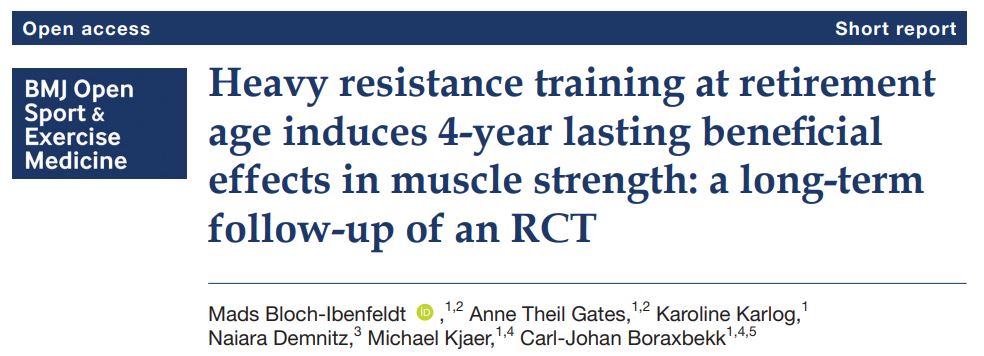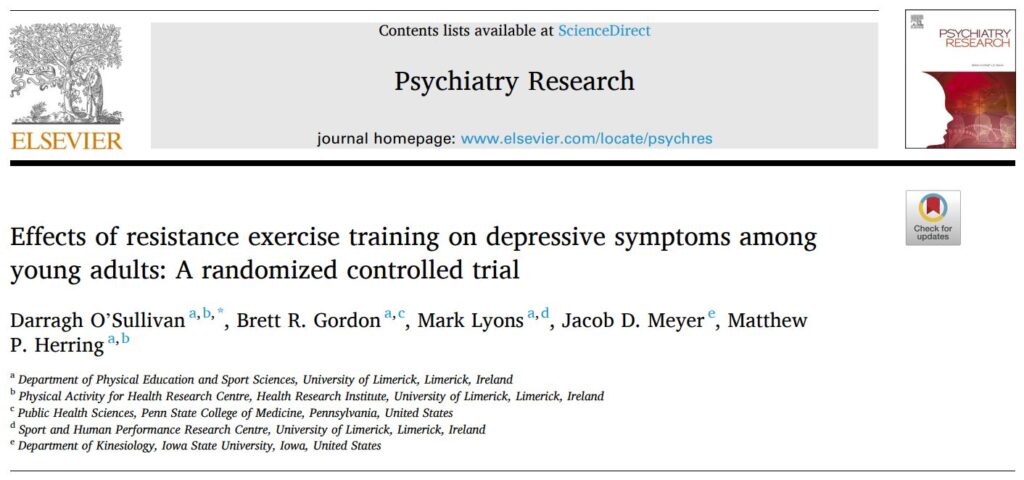Notes on: Insufficient Evidence for Load as thePrimary Cause of Nonspecific (Chronic)Low Back Pain. A Scoping Review
Bruin et al.1 conducted a scoping review to assess the causal role of the relationship between loading and the onset of non-specific low back pain (NSLBP) and persistence of NSLBP (chronic low back pain (CLBP). They conducted a literature search from 2010 to May of 2021. Causation (meaning load caused NSLBP) was established when evidence […]









